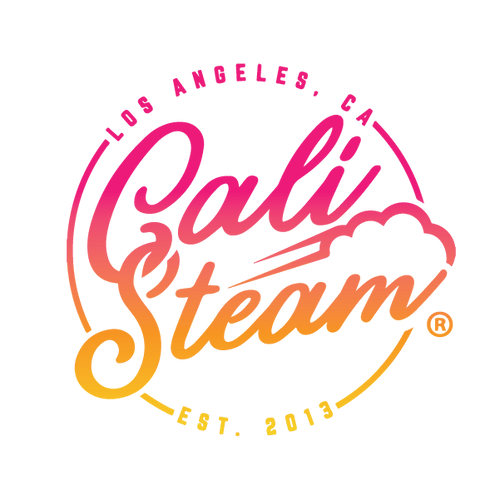The Surging Tide: Exploring the Expanding Customer Market of Alternative Products

In recent years, a significant shift has been observed in consumer preferences, leading to the rapid growth of alternative products across various industries. From plant-based meats to electric vehicles, these alternatives are gaining traction among a diverse range of customers. This article delves into the reasons behind the expanding customer market for alternative products, the industries affected, and the driving forces behind this transformative shift.
Diverse Factors Driving the Trend
Several interconnected factors are driving the surge in demand for alternative products. These factors are not only shaping consumer choices but also influencing industries to innovate and cater to evolving preferences:
-
Environmental Awareness: One of the most prominent drivers of the alternative product movement is heightened environmental awareness. Consumers are becoming increasingly concerned about the ecological impact of traditional products and are seeking alternatives that minimize harm to the planet. From single-use plastics to carbon emissions, the desire to reduce one's carbon footprint is pushing individuals to explore eco-friendly alternatives.
-
Health and Wellness: As people become more health-conscious, there is a growing interest in alternatives that offer better nutritional value. Plant-based foods, for instance, are gaining popularity due to their perceived health benefits. Consumers are opting for options that align with their dietary preferences and wellness goals, encouraging the expansion of alternative food markets.
-
Ethical Considerations: Ethical concerns are prompting consumers to shift away from products that involve animal exploitation or unfair labor practices. This has led to the rise of cruelty-free cosmetics, ethically sourced clothing, and fair-trade products. As consumers demand transparency and accountability from companies, businesses are compelled to adopt more ethical practices.
-
Technological Advancements: Innovations in technology have made it possible to create alternatives that rival traditional offerings in terms of performance, quality, and convenience. Electric vehicles, for example, have evolved to offer impressive mileage ranges and charging infrastructure, making them viable options for a broader customer base.
-
Social Influence and Cultural Shifts: The influence of social media and cultural shifts has played a significant role in popularizing alternative products. Celebrities, influencers, and movements advocating for sustainability and conscious consumption have amplified the message and sparked conversations, leading to increased adoption.
Industries Affected by the Trend
The alternative product movement is reshaping various industries as consumers explore alternative options across the board:
-
Food and Beverage: Plant-based diets are no longer confined to a niche group. The alternative meat and dairy market has expanded to cater to a diverse range of dietary preferences, including vegan, vegetarian, and flexitarian diets.
-
Fashion: Sustainable and ethically produced clothing has gained traction as consumers seek alternatives to fast fashion. Eco-friendly materials, circular fashion practices, and conscious brands are challenging the conventional fashion industry.
-
Energy and Transportation: Electric vehicles have emerged as a promising alternative to traditional gasoline-powered cars, addressing concerns about air pollution and fossil fuel consumption. Additionally, renewable energy sources are gaining momentum in the quest for cleaner power generation.
-
Personal Care and Cosmetics: The beauty and personal care industry is witnessing a shift towards cruelty-free, natural, and organic products. Consumers are opting for alternatives that align with their values and minimize harm to animals and the environment.
-
Packaging and Plastics: The movement against single-use plastics has driven innovation in packaging alternatives, such as biodegradable materials and reusable containers. Companies are reimagining packaging to reduce waste and environmental impact.
Conclusion
The expanding customer market for alternative products is a reflection of changing attitudes and values among consumers. Environmental concerns, health considerations, ethical considerations, technological advancements, and cultural shifts are converging to drive the demand for alternatives across diverse industries. As this trend continues to reshape markets and influence business strategies, companies that prioritize sustainability, innovation, and consumer preferences will be poised to thrive in this evolving landscape. The alternative product movement is more than just a passing fad; it is a transformative shift that has the potential to create a more sustainable and conscious global economy.


